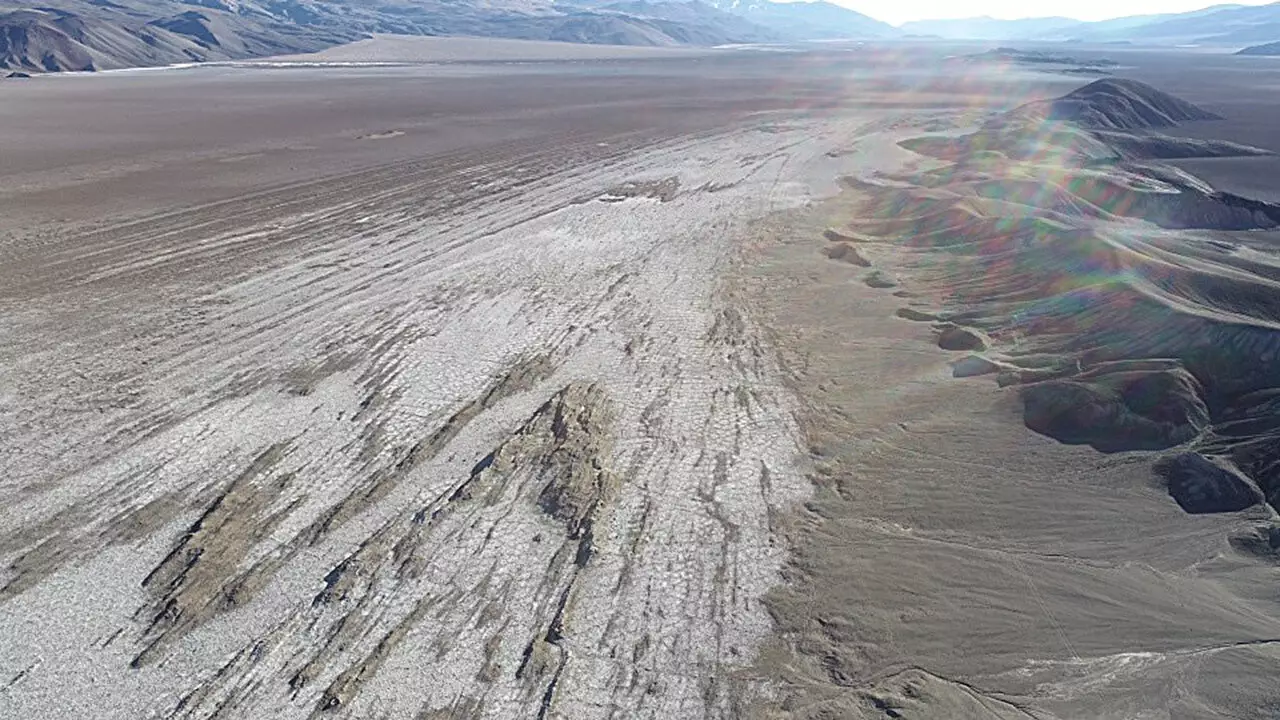Nestled in the heart of South America lies the awe-inspiring Andean Plateau, a geological formation that captivates with its towering heights and complex history. Averaging over 4,000 meters above sea level, this vast expanse is the world’s second-largest plateau, second only to the Tibetan Plateau. Its formation, resulting from a process known as orogeny that began over 20 million years ago, serves as a testament to the dynamic forces that shape our planet. Understanding the evolution of such significant geological structures is crucial, not only for appreciating their beauty but also for gaining insight into similar regions across the globe.
The Process of Orogeny: A Dance of Plates
Orogeny, the driving force behind mountain formation, occurs at convergent plate boundaries where tectonic plates collide, creating remarkable geological features. As these plates crumple and compress, they give rise to majestic mountain ranges and plateaus. The research conducted by Rodrigo Quiroga and his colleagues shines a light on this intricate process, particularly focusing on the Puna region of the Andean Plateau. By employing cutting-edge techniques such as satellite imagery to assess current structural characteristics, the team has pieced together a puzzle that unravels the plateau’s geological history.
Reconstructing the Past: Advanced Geological Techniques
The study published in Tectonics highlights remarkable methods used to map the evolution of stress and crustal deformation over the past 24 million years. Utilizing forward modeling, the researchers were able to simulate the geometric shifts that reflect historical deformations. Additionally, by dating zircon minerals—known for their resilience and significance in revealing past geological conditions—the study provided essential insights into how stress in the region has varied over time. This detailed examination of the plateau’s evolution is divided into four distinct stages, each marked by unique stress regimes that reveal the complexity of Andean uplift.
Comparative Insights: A Broader Perspective
The fascinating parallels drawn between the Andean Plateau and other significant geological formations, such as the Tibetan Plateau and the Peruvian Andes, speak volumes about the larger patterns of orogenic evolution that govern our planet’s topography. While the Tibetan Plateau has reached critical stress levels leading to crustal thinning—a phenomenon known as orogenic collapse—the Andean Plateau remains in a unique state. The absence of normal faulting indicates a plateau that is resilient and not yet succumbing to the pressures that typically lead to collapse. This difference not only enriches our understanding of orogenic processes but could also illuminate the future dynamics of mountain ranges worldwide.
The Wider Implications of Andean Research
The implications of deepening our understanding of the Andean Plateau are profound, particularly for the fields of geology and earth sciences. As researchers continue to delve into the complex interplay of stress and deformation in mountainous regions, we gain valuable insights into the mechanisms that govern the formation of our planet’s diverse landscapes. The techniques employed in this research can serve as a model for studying other geological formations, paving the way for a greater understanding of earth’s dynamic systems and their impacts on ecological and human systems alike.
The journey to uncover the mysteries of the Andean Plateau is not just about academic curiosity; it reveals the ongoing evolution of our world and the forces that shape it—an endeavor that resonates deeply with our quest to comprehend the natural processes that influence our lives.


Leave a Reply